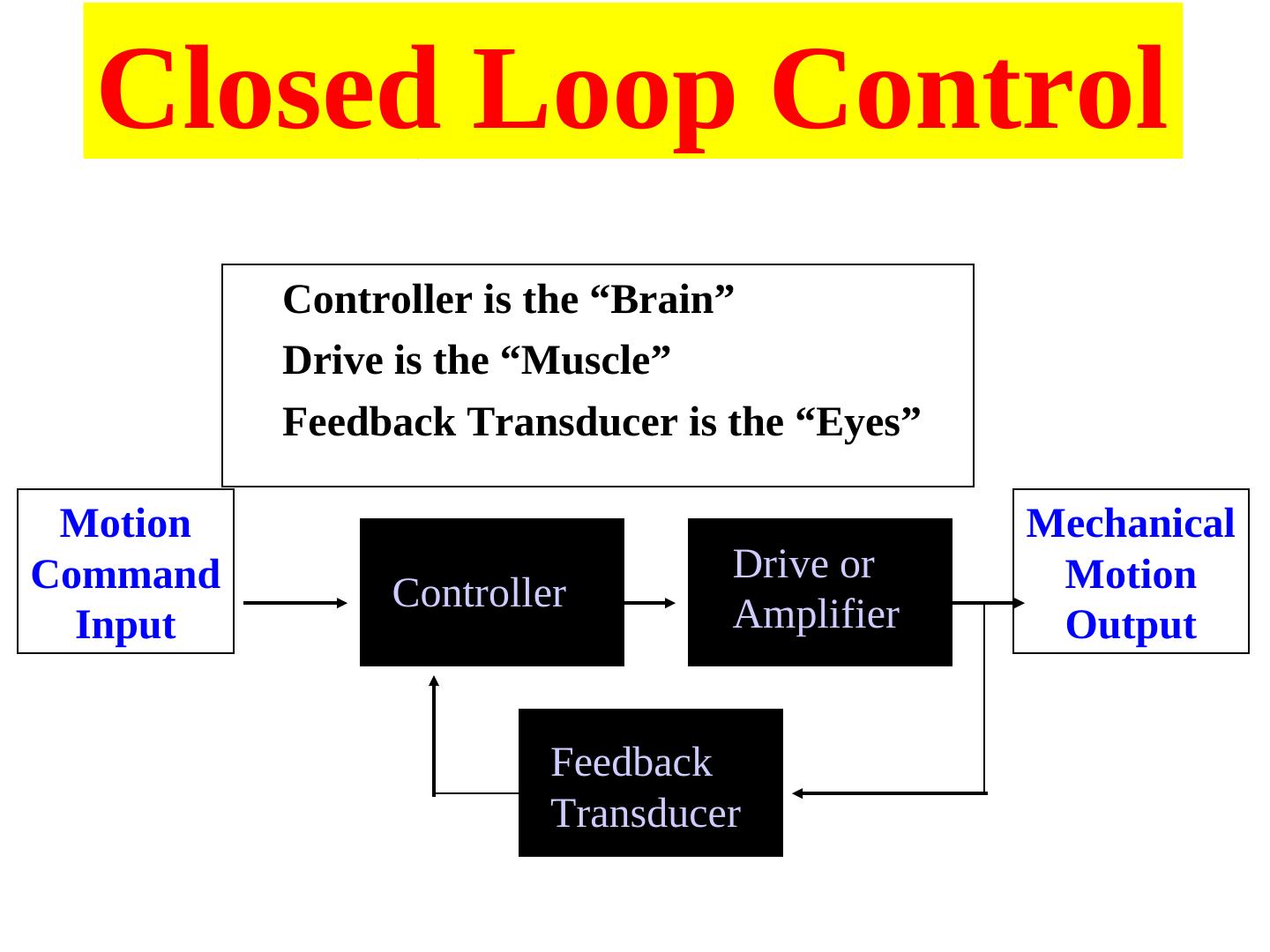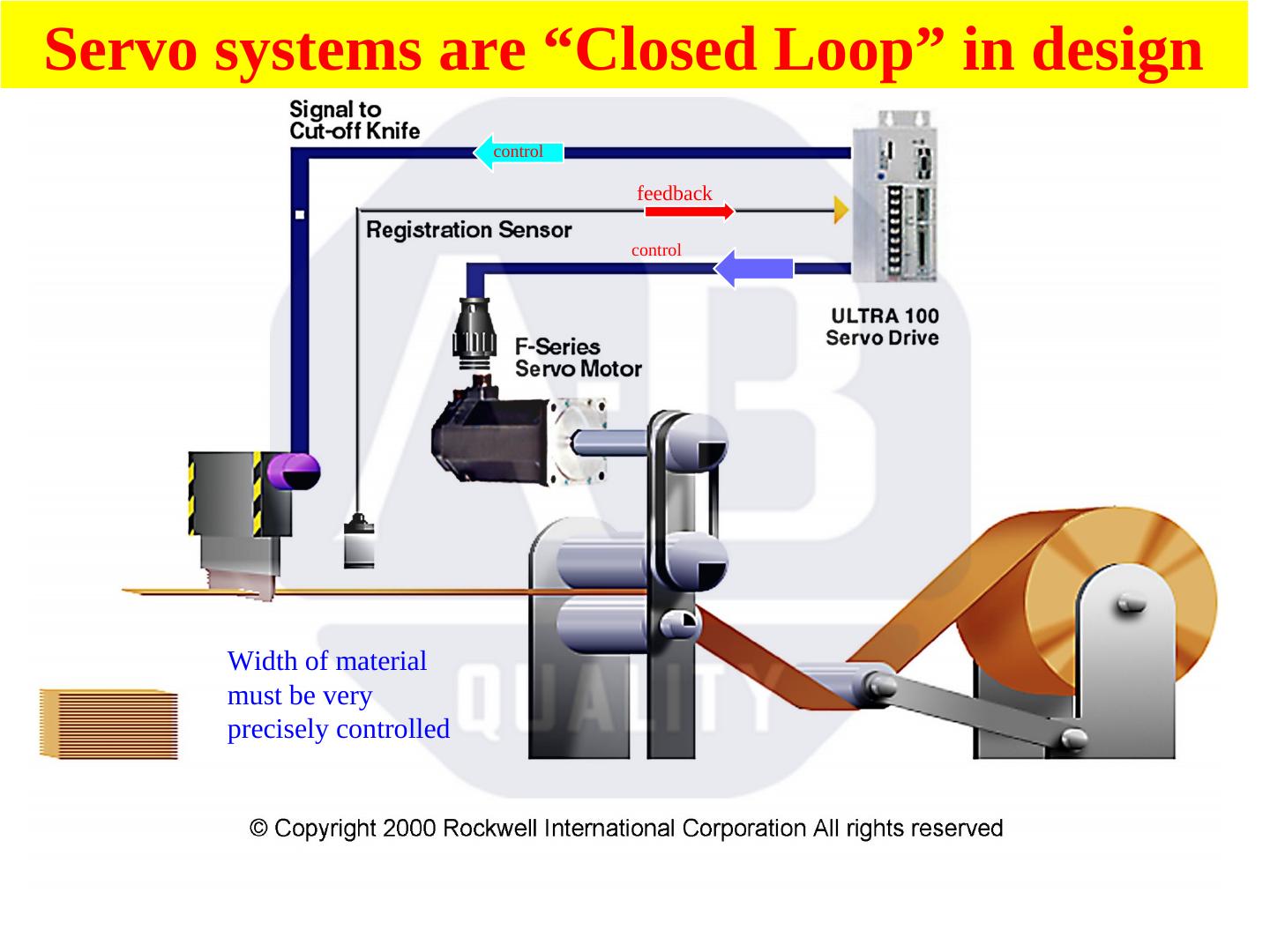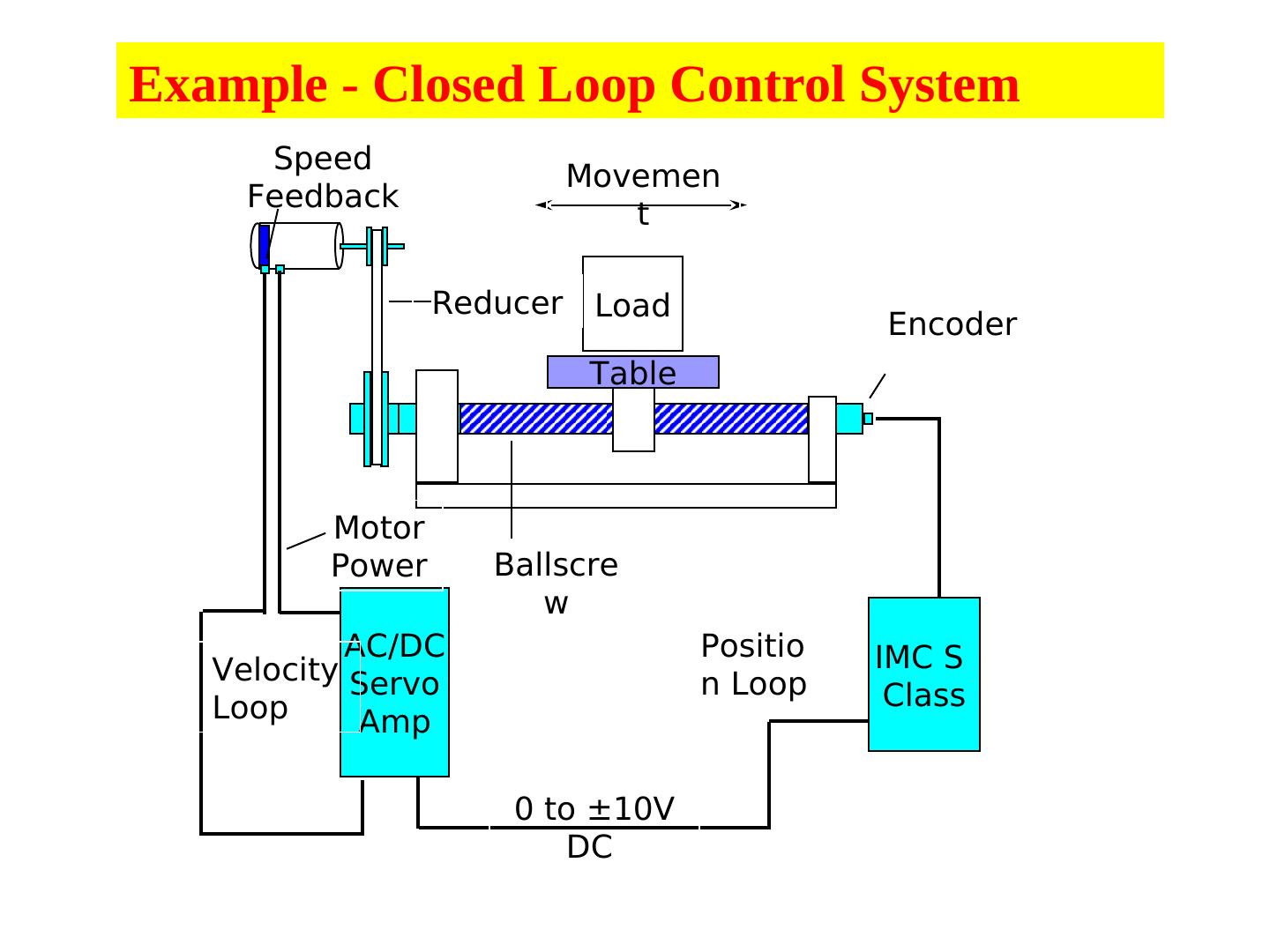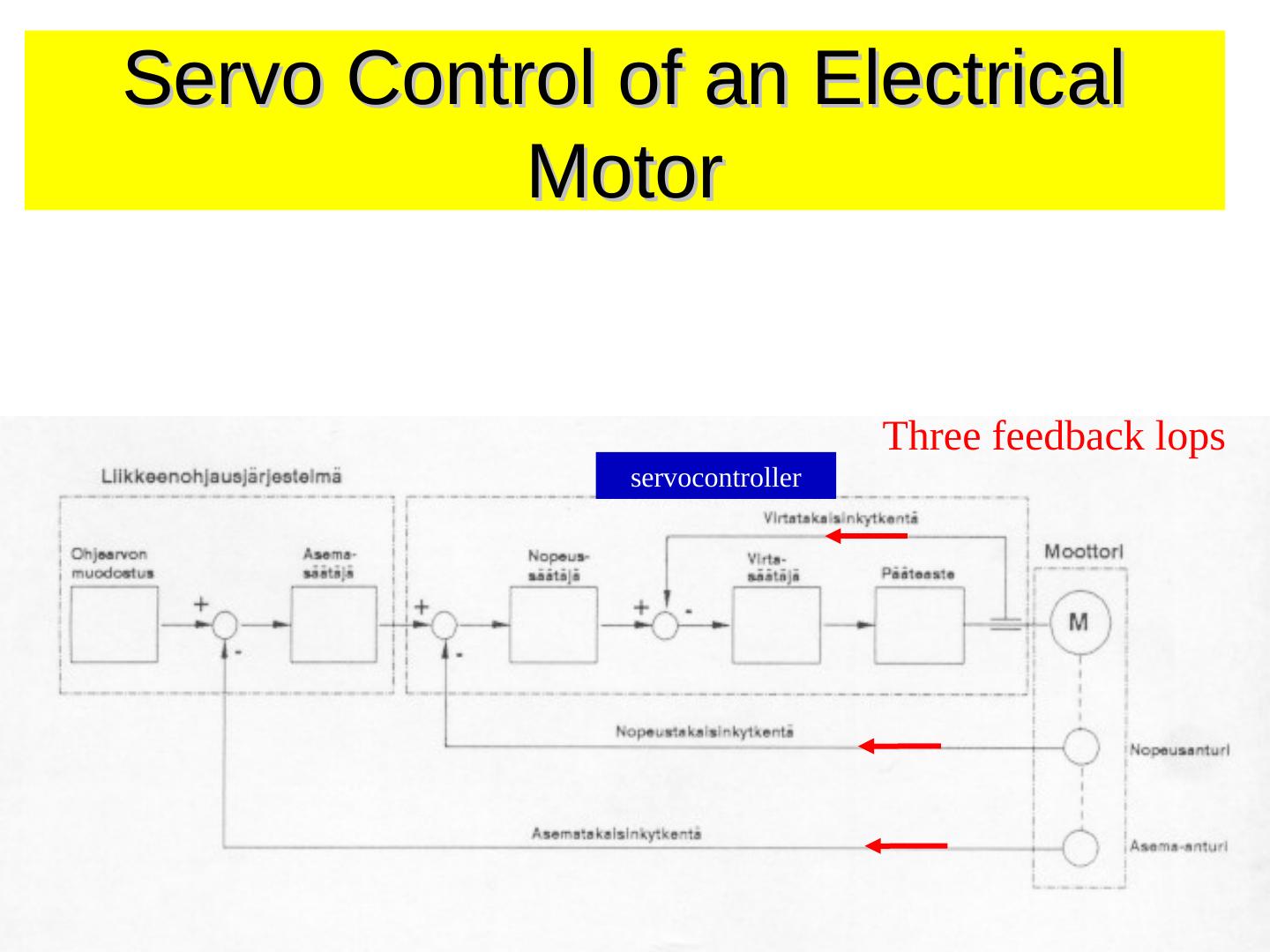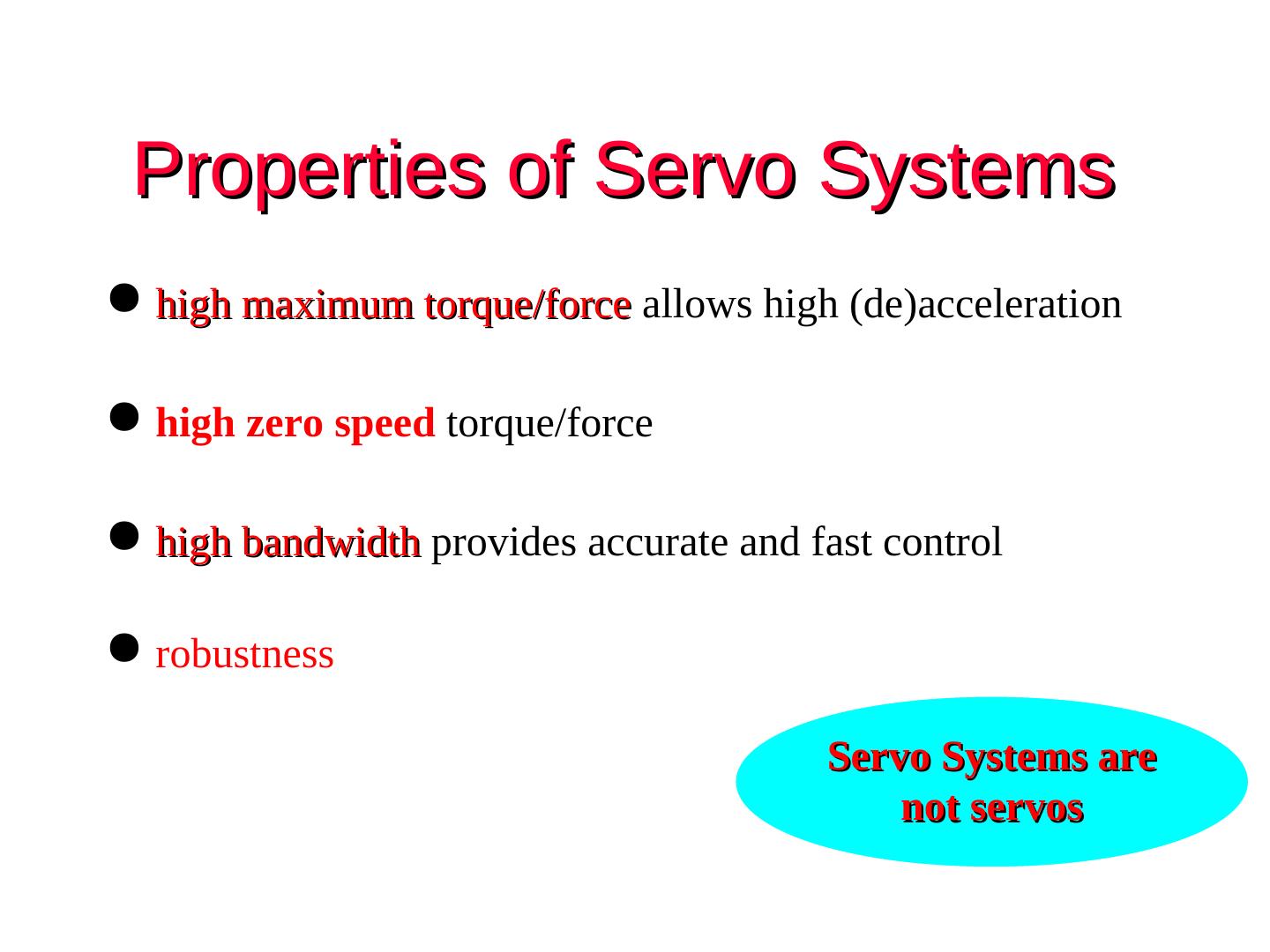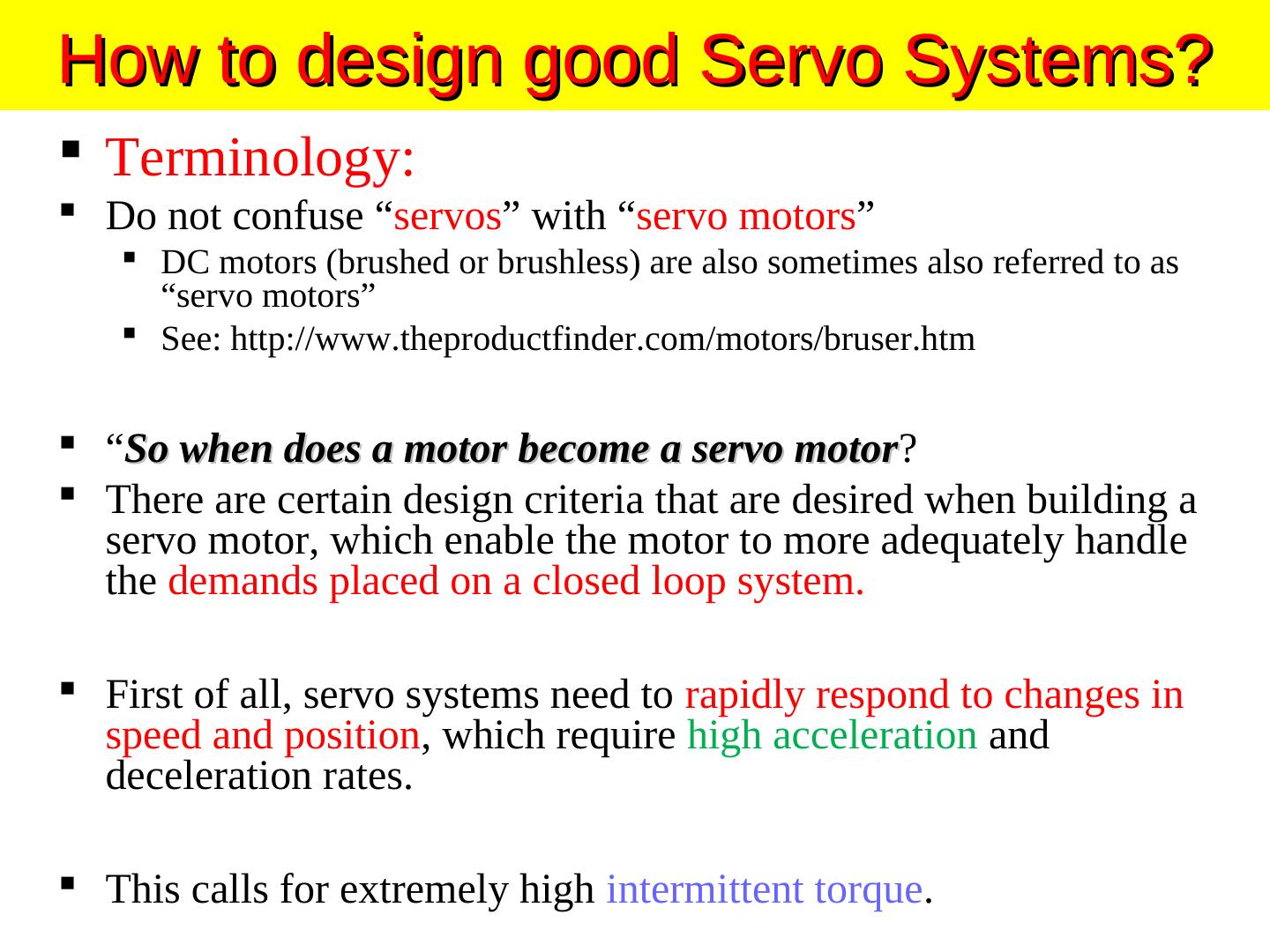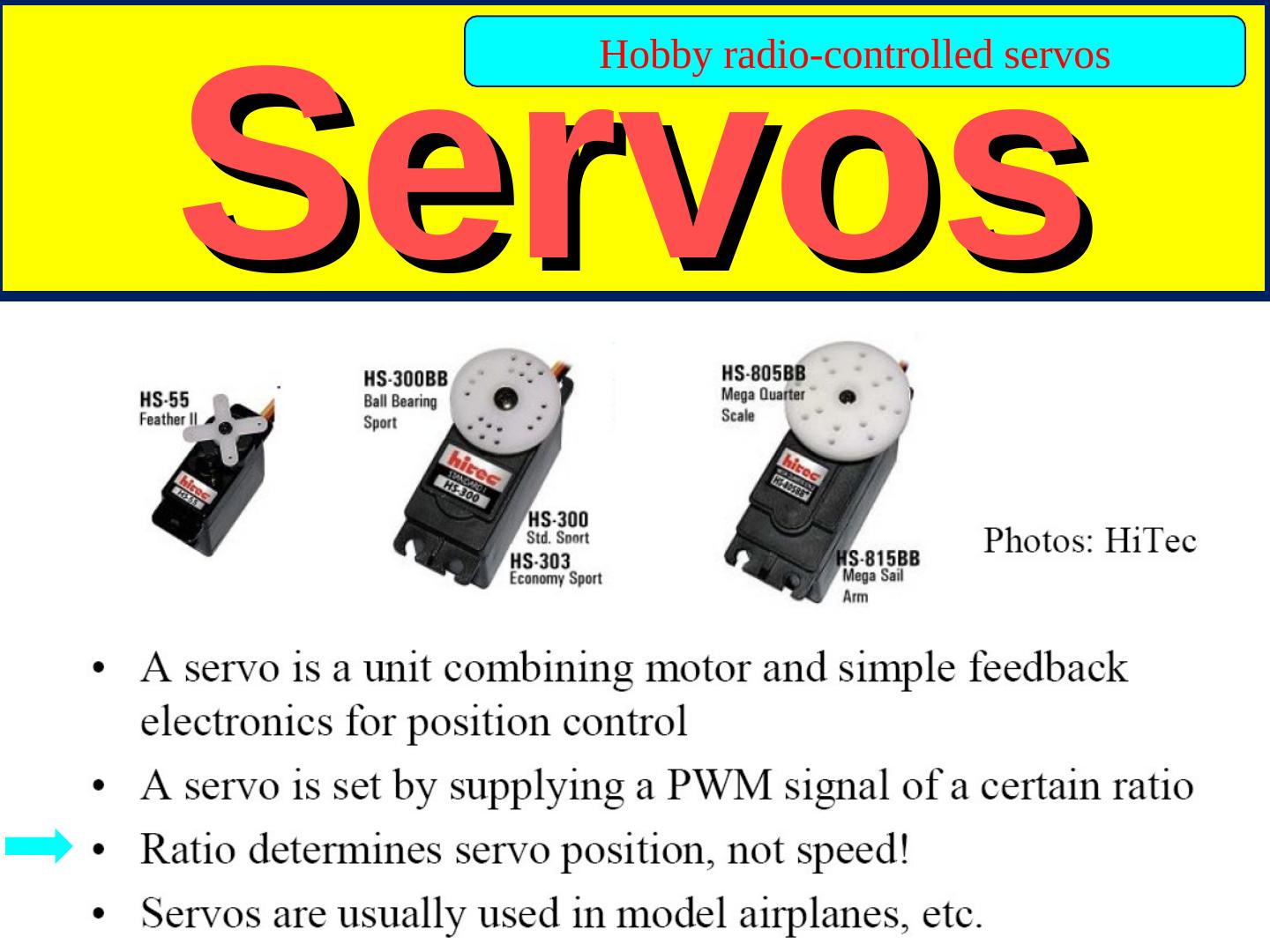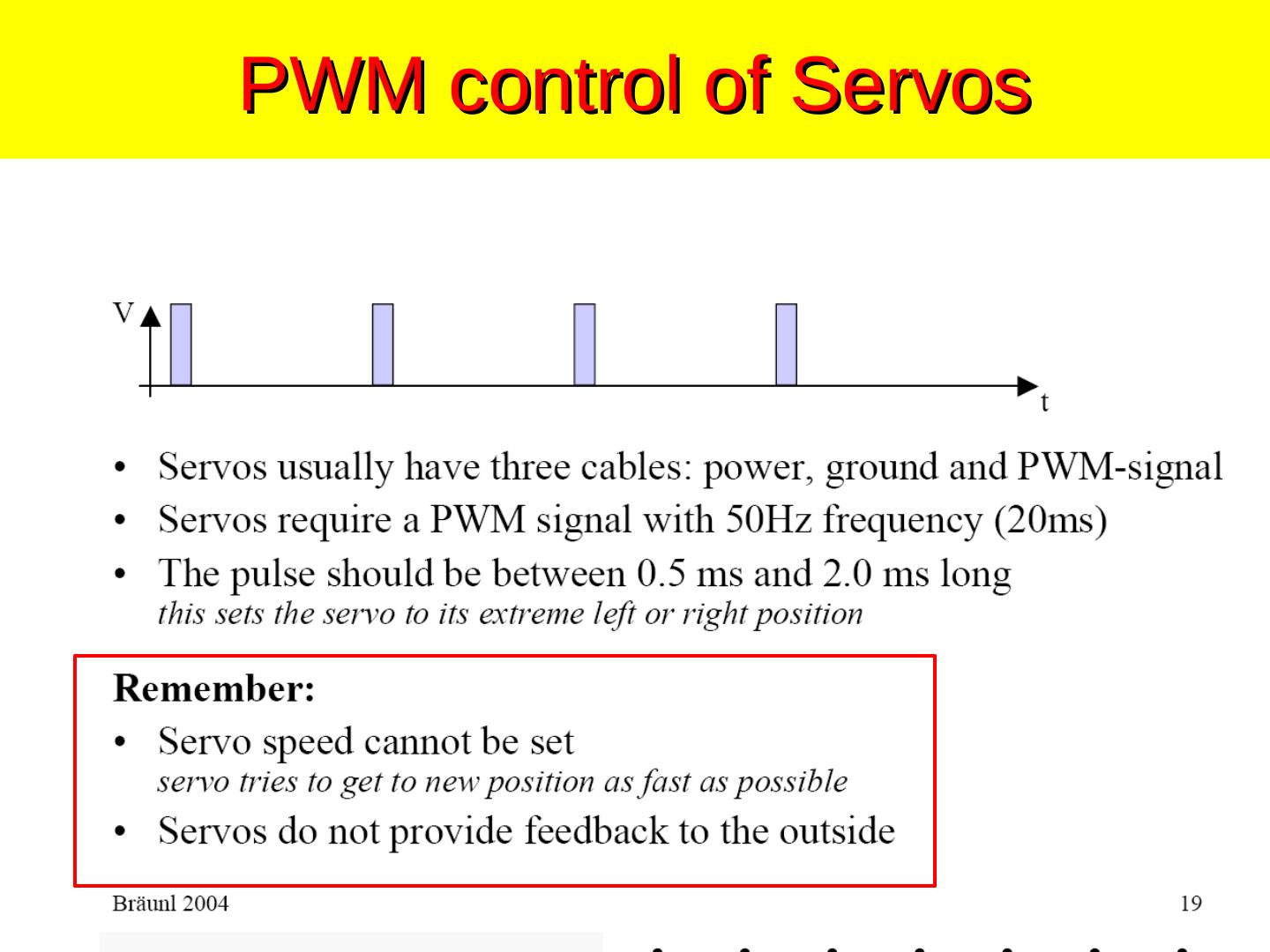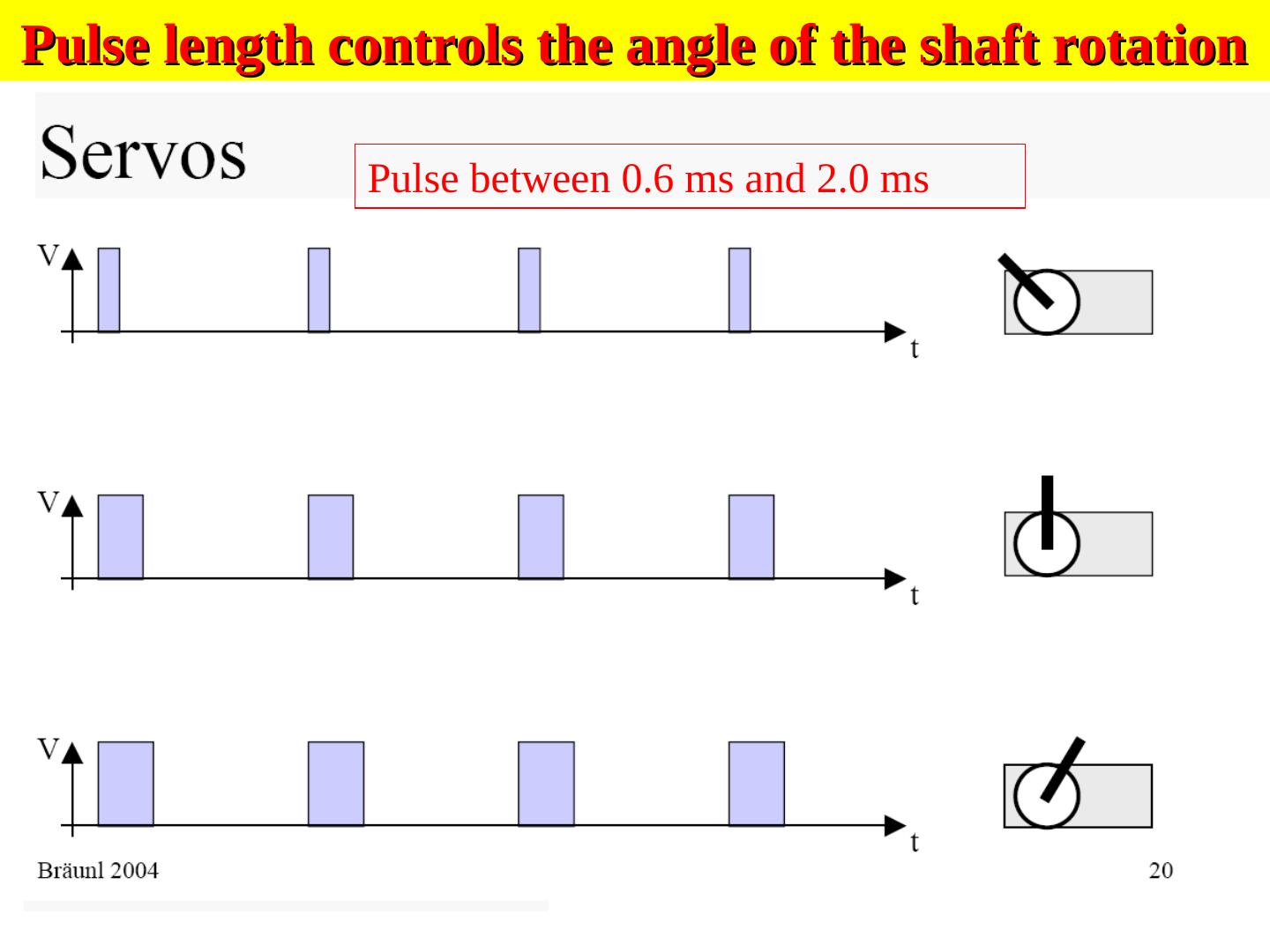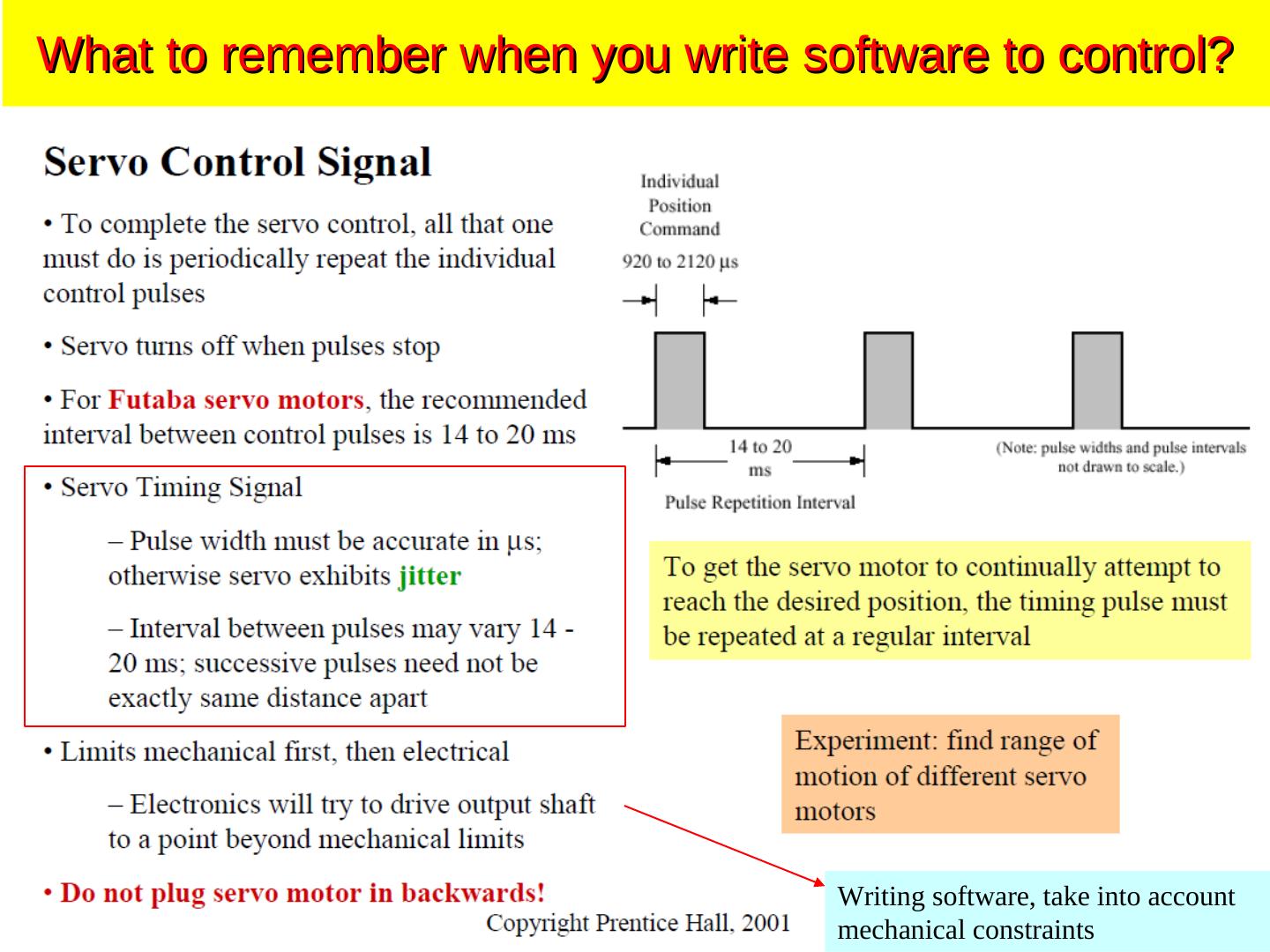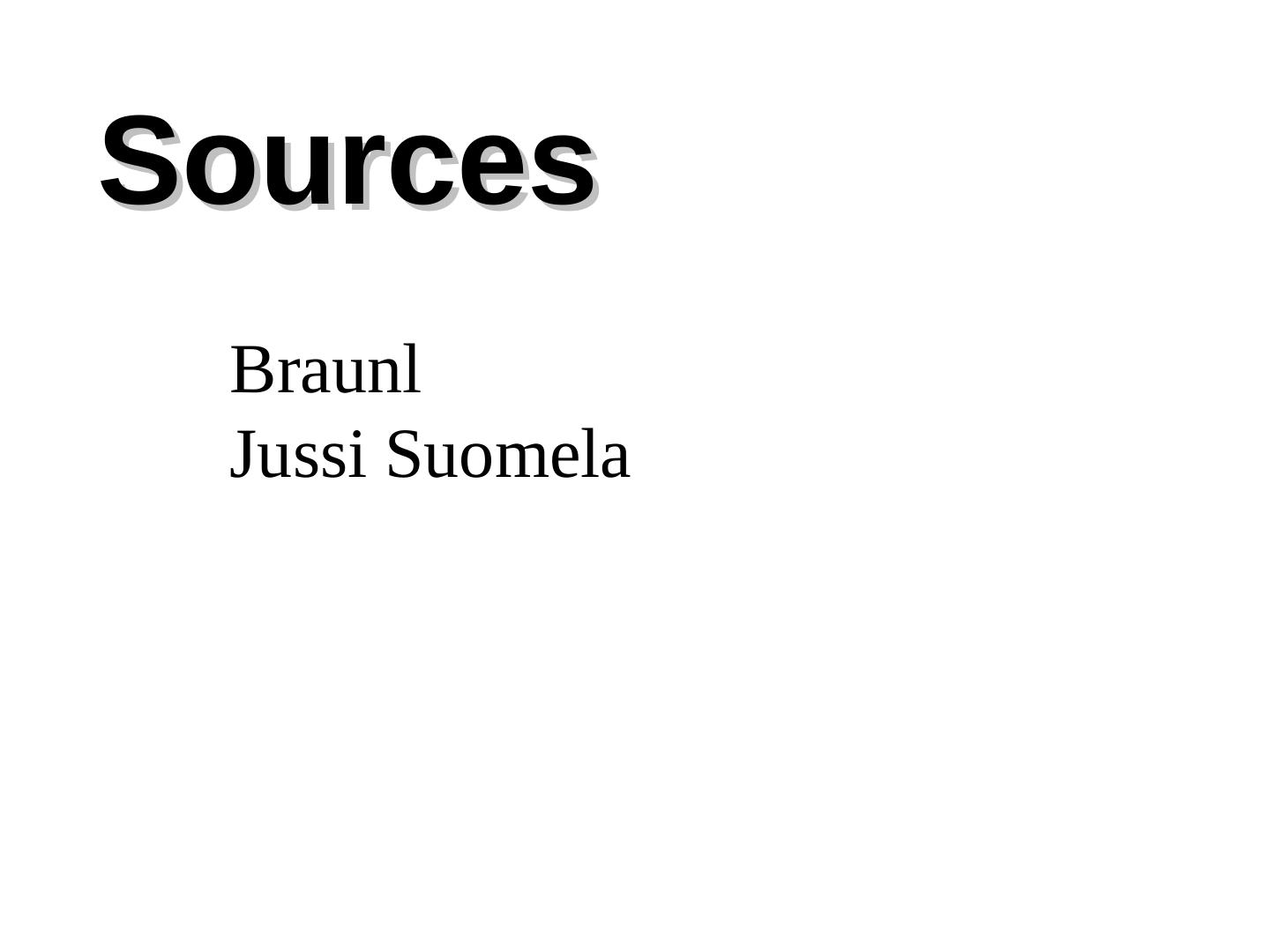- 快召唤伙伴们来围观吧
- 微博 QQ QQ空间 贴吧
- 文档嵌入链接
- <iframe src="https://www.slidestalk.com/u3812/34_ServoSystems_ServoMotors?embed" frame border="0" width="640" height="360" scrolling="no" allowfullscreen="true">复制
- 微信扫一扫分享
34_ServoSystems, ServoMotors
展开查看详情
1 .Servo Systems Servo is mechanism based on feedback control. The controlled quantity is mechanical. Jussi Suomela HUT/Automation 1
2 . Closed Loop Control Your Partner In Productivity • Controller is the “Brain” • Drive is the “Muscle” • Feedback Transducer is the “Eyes” Motion Mechanical Command Drive or Motion Controller Amplifier Input Output Feedback Transducer
3 .Servo systems are “Closed Loop” in design Your Partner In Productivity control feedback • Uses feedback for automatic correction control • High performance Width of material must be very precisely controlled
4 .Example - Closed Loop Control System Speed Movemen Feedback t Reducer Load Encoder Table Motor Power Ballscre w AC/DC Positio IMC S Velocity Servo n Loop Loop Class Amp 0 to ±10V DC
5 . Servo Control of an Electrical Motor Three feedback lops servocontroller Jussi Suomela HUT/Automation 5
6 . Properties of Servo Systems high maximum torque/force allows high (de)acceleration high zero speed torque/force high bandwidth provides accurate and fast control robustness Servo Systems are not servos Jussi Suomela HUT/Automation 6
7 .How to design good Servo Systems? Terminology: Do not confuse “servos” with “servo motors” DC motors (brushed or brushless) are also sometimes also referred to as “servo motors” See: http://www.theproductfinder.com/motors/bruser.htm “So when does a motor become a servo motor?motor There are certain design criteria that are desired when building a servo motor, which enable the motor to more adequately handle the demands placed on a closed loop system. First of all, servo systems need to rapidly respond to changes in speed and position, which require high acceleration and deceleration rates. This calls for extremely high intermittent torque.
8 . Intermittent Torque in Servos Torque is related to current in the brushed servo motor. So the designers need to keep in mind the ability of the motor to handle short bursts of very high current, which can be many times greater than the continuous current requirements. Another key characteristic of the brushed servo motor is a high ratio of torque to inertia. This ratio is an important factor in determining motor responsiveness. Further, servo motors need to respond to small changes in the control signal. So the design requires reaction to small voltage variations.
9 .Servos Hobby radio-controlled servos
10 .Small Servos (servo-motors) for small robots Positioning applications:
11 .Three-wire interface of standard servos
12 .PWM control of Servos
13 .Pulse length controls the angle of the shaft rotation Pulse between 0.6 ms and 2.0 ms
14 .Speed Control PWM is not the same as the Servo PWM Single pulse width counterclockwise center clockwise
15 .What to remember when you write software to control? Writing software, take into account mechanical constraints
16 . “Winch servo” and how to convert from standard servo
17 .Pneumatic & Hydraulic Actuators 1. Large manipulators in industry frequently employ hydraulic drives, • since such drives provide a higher torque-to-weight ratio than electric motors 2. However, because of the maintenance problems associated with pressurized oil (including leaks), hydraulic motors are not used in smaller mobile robots 3. Pneumatic drives have been used as actuators in the past but are not currently popular 4. Air is compressible, resulting in nonlinear behavior of the actuator
18 .Sources • Braunl • Jussi Suomela Jussi Suomela HUT/Automation 18












